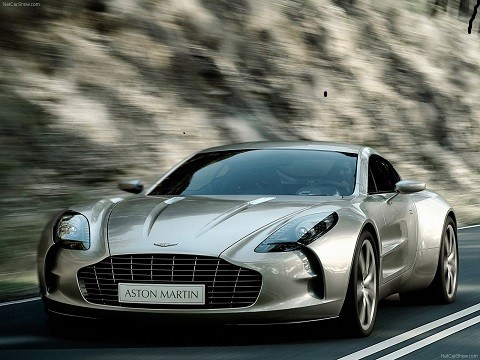Copywriting tips for big ticket sales

Selling high cost products and services requires a higher level of sophistication in terms of sales strategy. Whatever elements of the marketing mix you employ, it will need to be underpinned by persuasive sales copy. Here’s some helpful pointers to structuring your approach.
1) Explain how the product/service is unique or superior.
2) Overcome objections. Identify clearly what exactly they are and tackle them head-on!
3) Don’t forget who you’re talking to. Even the toughest, most cynical buyer is human, so never forget to appeal to their emotions.
4) Focus on decision makers. Tailor your copy and target your appeals to connect with the decision maker – anything less won’t yield response.
5) Be mindful of longer sales cycles and the high price. No one buys high ticket items on impulse (Michael Jackson aside), so recognise that there’s a series of steps involved. Understand how the customer wants to buy and adapt your approach.
Apart from the fact that there may be several decision makers, all with different motivations/objectives that must be addressed and overcome, there is one important difference.
The higher the price, the greater the level of difficulty to close the sale. Normally a low price requires a fewer steps – typically one or even two. Such purchases are carried out without a high degree of reasoning or debate. How many of us stress over a 5 euro purchase? On the other hand a 1,000 euro sale is a different matter entirely. And a 20,000 euro sale will involve some serious scrutiny/deliberation.
Such sales and marketing campaigns often involve a multi-stage approach employing several channels. You may seek response to direct mail/direct email or attract them to a website landing page to capture information. You may need to advertise, call them or even meet them face to face for a presentation/pitch. In the end the whole process could take weeks, months or even years to complete.
Here are 3 things to bear in mind:
Long copy or short?
Professionally crafted, long copy out performs short copy – it’s a proven fact. This is particularly true when it comes to big ticket purchases. There’s a reason why charities and non-profit organisations employ long copy to fundraise for donations. Its because it works better! Keep in mind however that long copy does not mean long-winded copy.
Use USPs to maximum effect
High costs items rarely possess just one benefit – usually there’s several to work with.
Here’s what you should do:
1) Compose a letter, e-mail or website landing page that encompasses all points. Make sure not to miss any, as it could be the one that ultimately persuades the customer and trigger a purchase.
2) Identify and overcome all reasonable objections. Remember if you miss one it could be the one that kills the sale.
3) Breakdown the individual points into an ordered sequence, then use them as intros to a series of informative messages for prospects.
Doing this serves two important purposes:
1) Different prospects have different requirements and motivations which you won’t be able to clearly define until later in the process. So for this reason you need to cover every base.
2) It keeps you front-of-mind with the prospect without having to bombard them with annoying propaganda. People tend to hang on to useful, helpful information. Another rationale for doing this is it’s not easy to stay in touch with prospects when there’s nothing new to say and you end up repeating yourself. That said, it’s better to repeat the message than leaving a vacuum develop.
Qualify repeatedly
Now and again ask your prospect if there still which to hear from you. This not only helps to clean and update your targeting list but also prompts the prospect to ask themselves whether they are still in the market for your product/service.
Obviously this will lead to significantly more opt-outs than normal but it will also uncover prospects timelines, budgets, intentions i.e. valuable intelligence to help you tailor your approach going forward.
